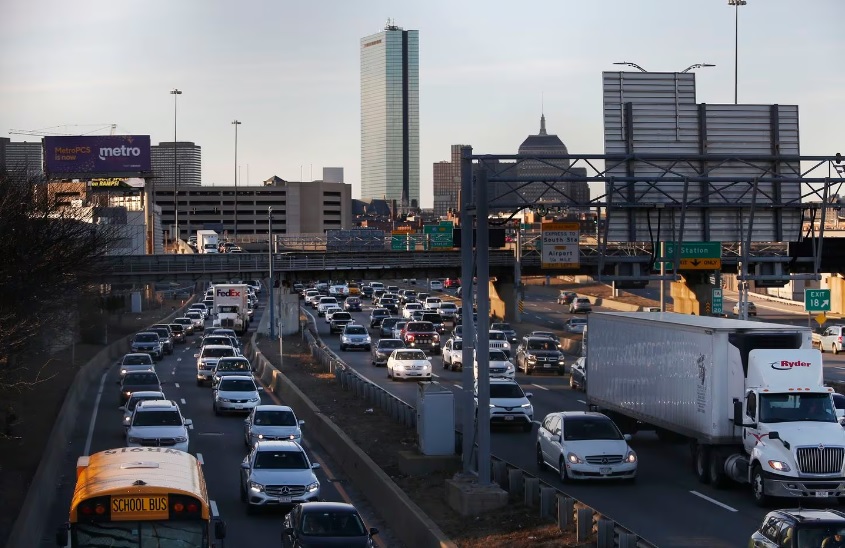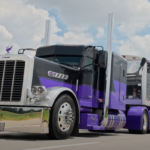An expert in traffic patterns suggests that the high volume of drivers on the nation’s roads during the upcoming holidays could lead to a substantial increase in travel times, potentially up to 20%. Despite this, analysts provide insights into the optimal and least favorable times for travel during the holiday period.
Anticipated figures indicate a rise in the number of Americans opting for road travel to celebrate Christmas and the New Year compared to the previous year. AAA predicts that almost 104 million individuals will drive to their holiday destinations, marking a 1.8% increase from 2022. This projection places the current year as the second-highest recorded in terms of drivers, following 2019 when 108 million people embarked on holiday road trips.
Overall, AAA forecasts that 115.2 million travelers will cover distances of 50 miles or more from their residences over the 10-day year-end holiday travel period. This represents a 2.2% upturn from the previous year, making it the second-highest year-end travel estimate since 2000 when AAA commenced tracking holiday travel. Notably, 2019 retains the top spot as the busiest Christmas and New Year’s travel period on record, with a total of 119 million travelers.
“This year-end holiday forecast, with an additional 2.5 million travelers compared to last year, mirrors what AAA Travel has been observing throughout 2023,” said Paula Twidale, senior vice president of AAA Travel. “More Americans are investing in travel, despite the cost, to make memories with loved ones and experience new places.”
According to NRIX, a company specializing in transportation data and insights, there are specific days during the 10-day holiday period expected to experience significant traffic congestion. Particularly, Saturday, Dec. 23, and Thursday, Dec. 28, are identified as the most congested days on the road. NRIX also points out that Saturday, Dec. 30, is likely to witness increased traffic, especially as people return home from their holiday destinations or travel for New Year’s Eve. This day is anticipated to have higher traffic volumes compared to a typical Saturday.
For those planning to travel, NRIX recommends hitting the road before lunchtime or after 7 p.m. as the optimal times to minimize the impact of traffic congestion. These timeframes are suggested to offer a smoother travel experience during the holiday rush.
Worst Travel Time Best Travel Time
- Saturday, Dec 23: Worst, 11 a.m. -7 p.m. Best, Before 10:00 AM
- Sunday, Dec 24: Minimal Traffic Impact Expected
- Monday, Dec 25 Minimal Traffic Impact Expected
- Tuesday, Dec 26: Worst 1 p.m.– 5 p.m.Best, Before noon
- Wednesday, Dec 27: Worst, 1 p.m. – 7 p.m. Best, Before noon
- Thursday, Dec 28: Worst 2 p.m. – 8 p.m. Best, Before noon
- Friday, Dec 29: Worst 2 p.m. – 8 p.m. Best, Before noon
- Saturday, Dec 30 Worst 5 p.m. – 7 p.m. Best, Before noon
- Sunday, Dec 31: Minimal Traffic Impact Expected
- Monday, Jan 1: Minimal Traffic Impact Expected
“Nationwide, drivers could see travel times up to 20% longer this holiday season. In major metros, especially in Denver, Minneapolis, and Washington, DC, drivers could experience nearly double the typical delays,” said Bob Pishue, transportation analyst at INRIX. “Avoid peak commuting hours and use traffic apps, local DOT notifications, and 511 services to minimize holiday travel traffic frustrations.”





